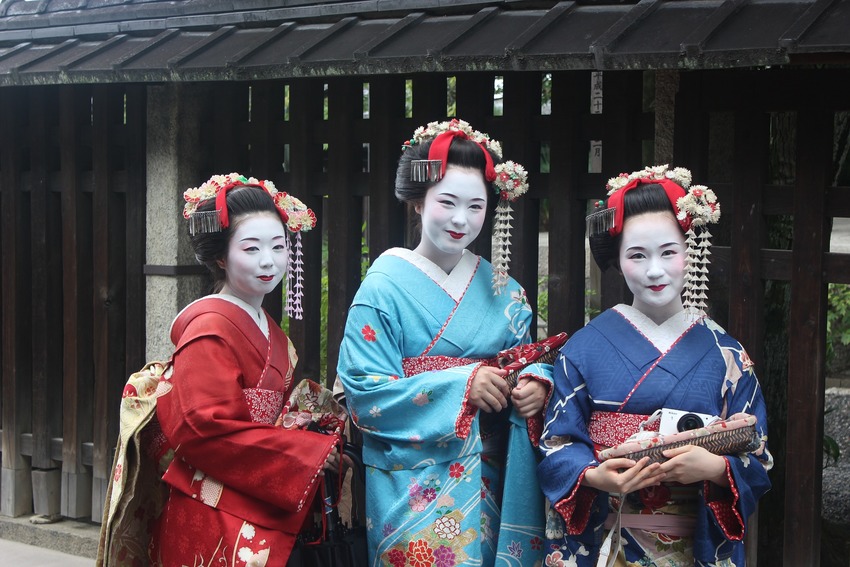This is Yoshio Sunamura, Professional Coach encouraging people who work in organizations or companies.
Today I had a good opportunity to attend the special class at NUCB business school.
NUCB business school is the one which I graduated from two years ago and I have obtained the maser degree as MBA at the school.
This school sometimes provides us with a special offer to allow us to attend the MBA class in English with very low fee. So, I decided to attend it today.
The class I attended today dealt with
Organizational Psychology
So, let me quickly share with you what we learned today about organizational psychology at the class.
1. Business vs. Psychology
2. Cultural Differences
3. Useful website to compare cultural dimensions
1. Business vs. Psychology
Considering the relationship between business and psychology, you can think of several aspects of it. For example;
(1) When you work in the company, you are sure aware of human relationship among coworkers or between boss and subordinate.
(2) When you are engaged with marketing department in consumer industry, you are required to be sensitive to how the customers feel about your products or services.
(3) If you work in talent management or hiring in HR department of the company, you always consider what attracts and encourages people to work hard and effectively.
So, in order for us to work effectively in the workplace, or make use of diverse environment, psychology should be carefully utilized in business situation.
2. Cultural Differences
Looking at the culture difference in several countries, it might be useful to use several dimensions to help us understand it more deeply. The dimensions, for example, are as follows;
(1) Power Distance:
This dimension is defined as "the extent to which the less powerful members of institutions and organizations within a country expect and accept that power is distributed unequally.
(2) Individualism:
This dimension is the degree of interdependence a society maintains among it members.
(3) Masculinity:
A high score (Masculine) on this dimension indicates that the society will be driven by competition, achievement and success. A low score (Feminine) on the dimension means that the dominant values in society are caring for others and quality of life. The fundamental issue here is what motivates people, wanting to be the best (Masculine) or liking what you do (Feminine).
(4) Uncertainty Avoidance:
This dimension has to do with the way that a society deals with the fact that the future can never be known: should we try to control the future or just let it happen?
(5) Long Term Orientation:
This dimension describes how every society has to maintain some links with its own past while dealing with the challenges of the present and future.
(6) Indulgence:
This dimension is defined as the extent to which people try to control their desires and impulses.
3. Useful website to compare cultural dimensions
When you think about planning to make long stay or immigrate to foreign countries, I suggest you check to see what culture difference looks like, how similar or how different?
You can see very useful website below which helps you find them in 6 dimensions above.
https://www.hofstede-insights.com/country-comparison/japan/
See you tomorrow!
Yoshio, Professional Coach









ワオ!と言っているユーザー